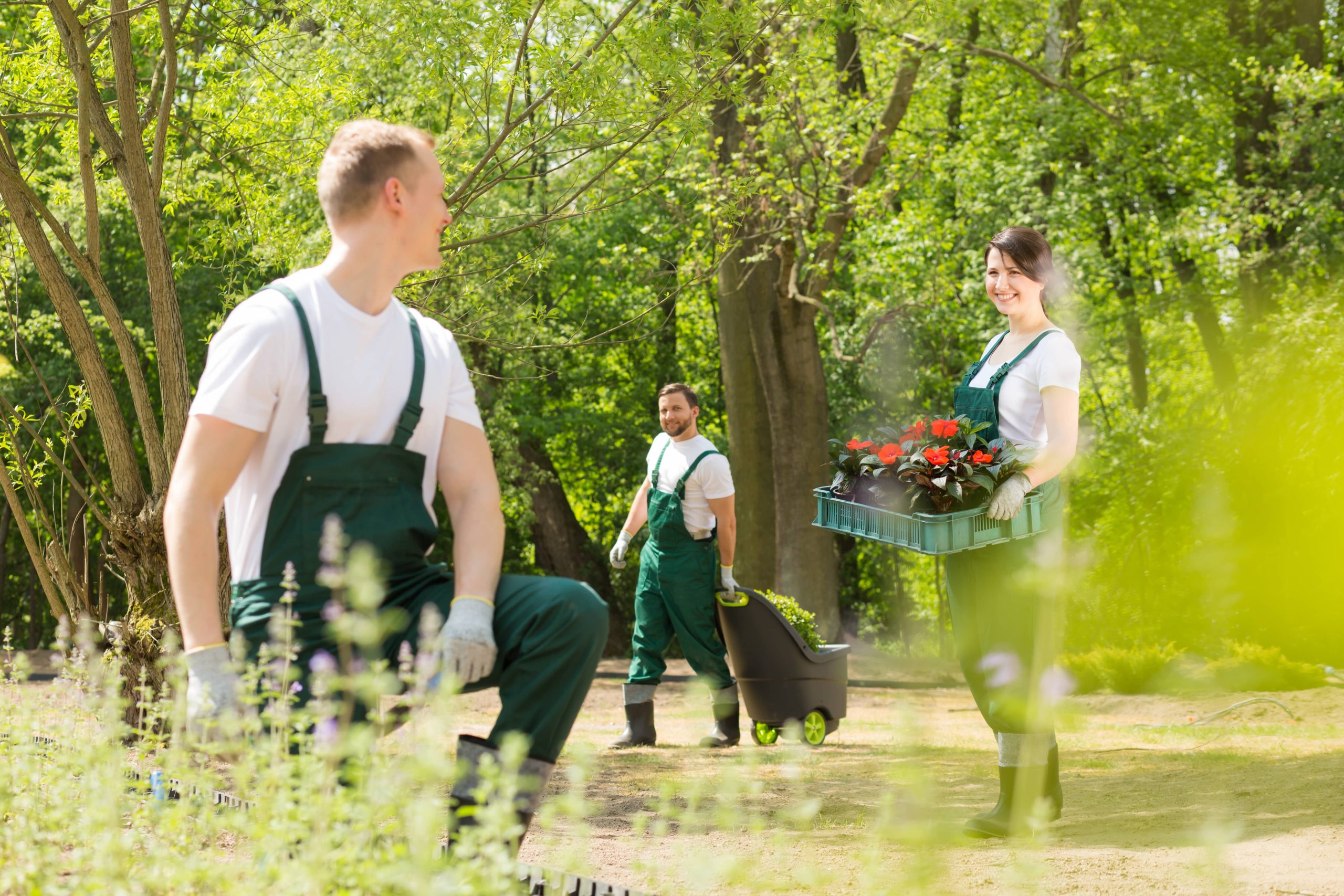
Gardening is a fulfilling and sustainable hobby that not only revives your spirit but also contributes to a healthy lifestyle. For those living in urban settings, or for homeowners with small yards, the idea of cultivating a vegetable garden might seem challenging if not impossible. Fear not, though—with a bit of creativity and planning, you can grow an abundant vegetable garden, even in the most limited spaces.
Planning Your Small Space Garden
The first step in any gardening venture, especially in confined areas, is diligent planning. Understand the space you have and recognize the potential hiding within it. Do you have a patio, a balcony, or just a slice of yard? These areas can all be transformed into thriving vegetable gardens.
Assess the Sunlight
Most vegetables need at least six to eight hours of sunlight daily to grow and produce fruit. Before you start planting, observe your yard over a couple of days. Identify the sunniest spots and earmark these areas for your garden. Many vegetables, like tomatoes, peppers, and cucumbers, need full sun, but others like lettuce, spinach, and certain herbs can tolerate shade.
Vertical Gardening
When space is limited, think vertically. Vertical gardening allows you to grow more plants in less space by training plants to climb upward. Invest in trellises, vertical planters, or even create a DIY wall garden using recycled materials. Hanging pots can also maximize space, providing you with ample planting areas without compromising your yard’s square footage.
Containers and Raised Beds
Containers are the urban gardener’s best friends. They can be moved around to catch the sun’s rays and can fit into small nooks. Raised beds are another excellent solution, offering better drainage and soil quality while delineating space efficiently. Raised beds can be custom-built to fit your specific yard and can even sit on patios or balconies.
Choosing the Right Vegetables
Selecting appropriate vegetable varieties is pivotal when gardening in small spaces. Opt for compact or dwarf varieties. Thankfully, many seed companies now offer a range of vegetables bred specifically for smaller gardens.
Companion Planting
Companion planting is a strategic way to maximize your garden’s productivity. This practice involves growing certain plants together in a way that enhances growth, repels pests, or improves flavor. For instance, tomatoes and basil make excellent companions—basil improves the flavor of tomatoes and can also repel certain insects.
Succession Planting
To fully capitalize on your small space, consider succession planting. This technique involves planting a new crop immediately after harvesting the old one. Quick-growing vegetables like radishes, spinach, or leaf lettuce are ideal for succession planting.
Soil, Watering, and Maintenance
Healthy soil is fundamental to a thriving vegetable garden. Utilize high-quality soil and compost to enrich your garden beds and containers. Composting can be done in small spaces using composting bins or even kitchen scrap composters.
Efficient Watering
Watering is another crucial aspect of gardening success. Small gardens can dry out more quickly, especially in containers or raised beds. An efficient way to manage watering is by installing drip irrigation systems or soaker hoses, which deliver water directly to the roots and conserve water by minimizing evaporation.
Mulching
Mulching helps conserve moisture, regulate soil temperature, and prevent weeds from stealing nutrients. Use organic mulch, such as straw or wood chips, to cover the soil surface around your plants.
Pest Management
In tight spaces, pest infestations can spread quickly. Monitor your plants regularly for signs of pests and diseases. Introduce beneficial insects like ladybugs or plant flowers like marigolds, which deter harmful pests.
Organic Pest Control
For the sustainable gardener, organic pest control methods are ideal. Homemade sprays, using ingredients like garlic, soap, or neem oil, can effectively manage many common garden pests without the need for harsh chemicals.
Enjoying the Fruits of Your Labor
One of the most exhilarating experiences of gardening is reaping the rewards of your hard work. Regular harvesting encourages plants to produce more, so enjoy your fresh vegetables and herbs often. You can also engage in preserving techniques such as canning or drying to enjoy your bounty in the off-seasons.
Growing Community
Gardening is not just a solitary pursuit. Share your gardening journey and surplus with neighbors and friends. Create or join a local gardening group to exchange tips, seeds, and stories. Such interactions can foster a sense of community and promote sustainable living practices.
Conclusion
Creating a bountiful vegetable garden in a small yard is not only feasible but can also offer immense joy and satisfaction. With strategic planning, the right choice of plants, and regular maintenance, even the smallest spaces can be transformed into lush, productive retreats. Let the constraints of your space inspire you to get creative with your approaches. Plus, growing your own vegetables will reward you with fresh, organic produce right at your doorstep—nourishing your body and soul while contributing to the wellbeing of our planet. Happy gardening!













